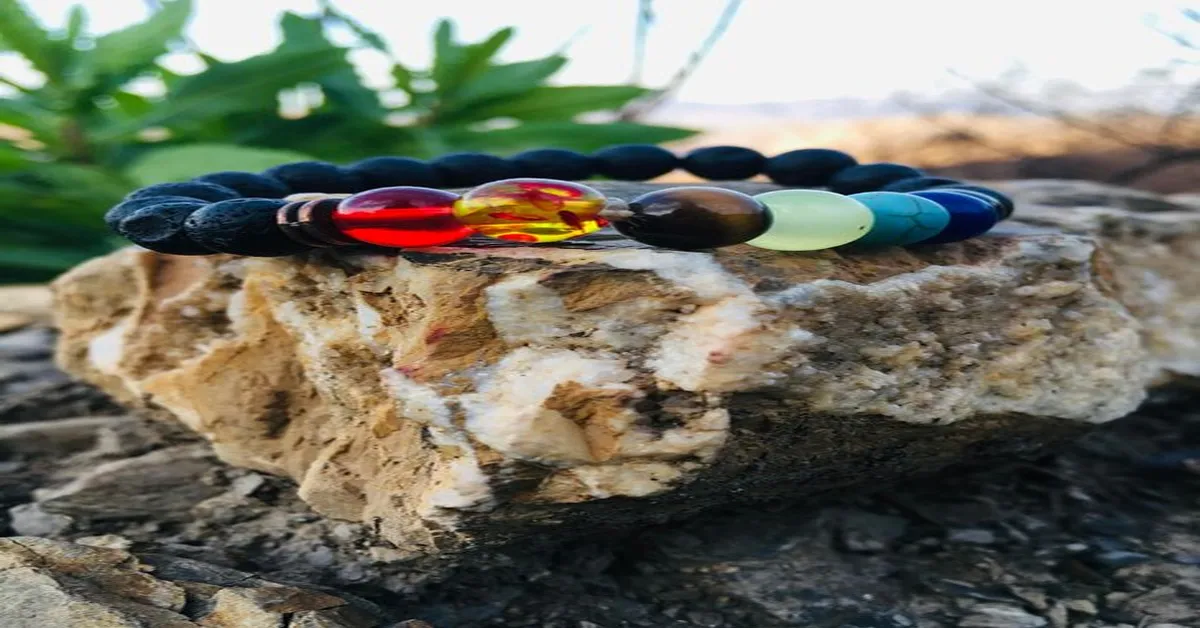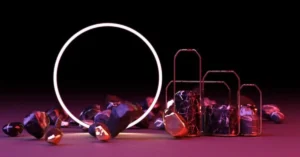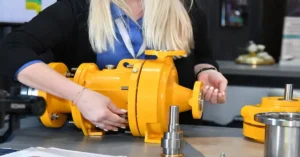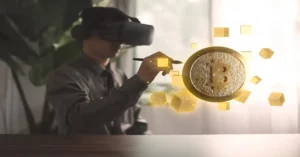Evil eye bracelets have captivated people for centuries, not just as stylish accessories but as powerful symbols of protection and good fortune. Rooted in ancient traditions, these bracelets are believed to shield wearers from negative energy and harmful intentions. In this in-depth guide, we’ll explore the origins, significance, and benefits of evil eye bracelets, along with tips on choosing and wearing them effectively.
What Is an Evil Eye Bracelet?
An evil eye bracelets are a talisman designed to protect the wearer from the “evil eye”—a malicious glare believed to bring misfortune, harm, or bad luck. These bracelets often feature an eye-shaped amulet, traditionally in shades of blue, signifying protection and spiritual awareness.
The History and Cultural Significance
The concept of the evil eye dates back thousands of years and is deeply ingrained in various cultures:
- Ancient Greece & Rome: Early references to the evil eye appear in classical texts. Greeks believed that envious stares could bring misfortune.
- Middle Eastern Beliefs: The evil eye, known as “Nazar” in Arabic and Turkish cultures, is widely used in jewelry and home decor.
- South Asian Traditions: Many Indian families practice rituals to ward off the evil eye, often using black dots or charms.
- Latin America & Mediterranean Regions: The belief in “mal de ojo” persists, with protective charms used extensively in these cultures.
The symbolism remains strong today, with evil eye jewelry becoming both a spiritual and fashion statement.
How Does the Evil Eye Work?
The evil eye is thought to work by deflecting negative energy and preventing it from affecting the wearer. The bracelet absorbs harmful intentions directed towards you, acting as a spiritual shield. Many believe that if the bracelet breaks or falls off, it has successfully protected you from harm.
Types of Evil Eye Bracelets and Their Meanings
Different variations of evil eye bracelets exist, each with its unique symbolism:
- Blue Evil Eye: The most common, associated with protection, peace, and good karma.
- Red Evil Eye: Represents courage, strength, and enthusiasm.
- Green Evil Eye: Symbolizes growth, success, and balance.
- Black Evil Eye: Wards off negative energies and enhances personal power.
- White Evil Eye: Stands for purity and clarity in life.
How to Wear an Evil Eye Bracelet
Wearing an evil eye bracelet correctly enhances its protective powers. Here’s how:
- Which Wrist to Wear It On?
- Left Wrist: Connected to emotions and the subconscious mind, best for personal protection.
- Right Wrist: Associated with action and external influences, ideal for warding off negative energy from others.
- Pairing with Other Jewelry
- Evil eye bracelets can be stacked with other protection charms like Hamsa hand symbols.
- Avoid wearing broken bracelets, as they are believed to have absorbed too much negative energy.
Choosing the Right Evil Eye Bracelet for You
When selecting an evil eye bracelet, consider the following:
- Material: Common options include glass, sterling silver, gold, and beads.
- Design: Some bracelets incorporate crystals like turquoise, known for additional protective properties.
- Intention: Choose colors based on your specific needs (e.g., red for strength, green for prosperity).
- Quality: Authentic handmade pieces tend to hold more cultural and spiritual significance.
Cleansing and Charging Your Bracelet
To maintain the bracelet’s effectiveness, regular cleansing is recommended. Methods include:
- Saltwater Soak: Submerge the bracelet in a bowl of saltwater overnight.
- Smudging: Use sage, palo santo, or incense to cleanse negative energy.
- Moonlight Charge: Leave the bracelet under the full moon to recharge its energy.
Final Thoughts and Call to Action
Evil eye bracelets serve as both a meaningful symbol of protection and a fashionable accessory. Whether you wear one for spiritual reasons or as a stylish statement, understanding its significance enhances its value. If you’re looking to purchase an authentic evil eye bracelet, explore our curated collection today and embrace the power of this ancient talisman!
Frequently Asked Questions (FAQs)
1. Can anyone wear an evil eye bracelet?
Yes, evil eye bracelets are for everyone regardless of religion or cultural background.
2. What happens if my bracelet breaks?
This typically signifies that the bracelet has absorbed significant negative energy. It’s a sign to replace it with a new one.
3. How often should I cleanse my bracelet?
Cleansing once a month ensures that it remains effective in warding off negative energy.
4. Is it okay to gift an evil eye bracelet?
Yes! Gifting an evil eye bracelet is a thoughtful gesture to protect your loved ones from harm.
Shop Now & Stay Protected!









